Land Rover Discovery 2017: Prices, specs and reviews
Critics hail the 'conquering' and 'effortless' fifth-generation SUV as a 'class act'
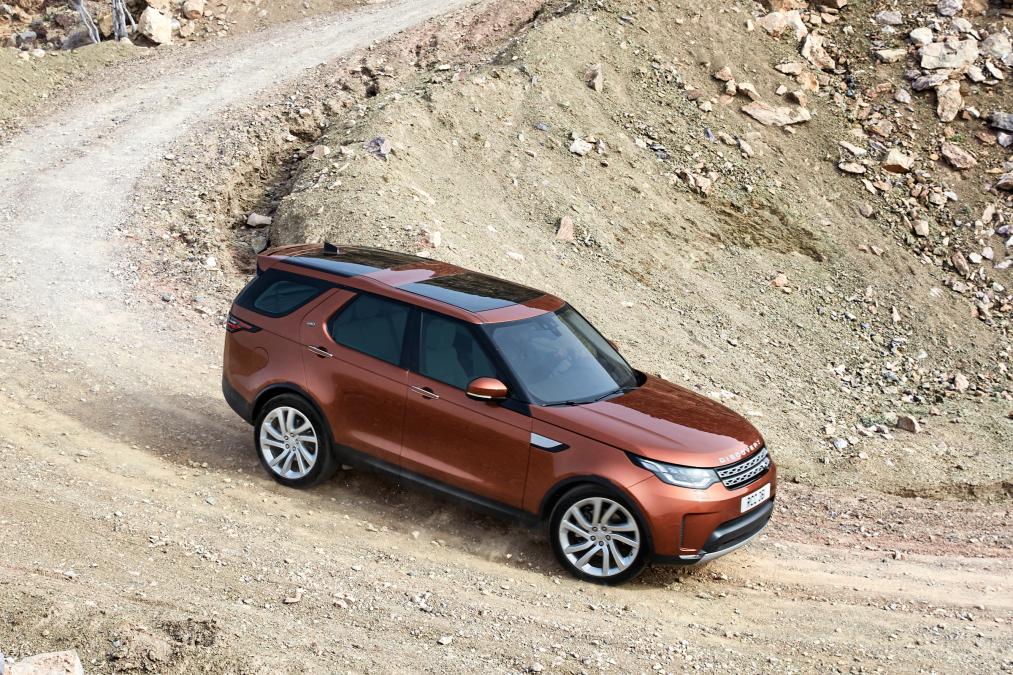
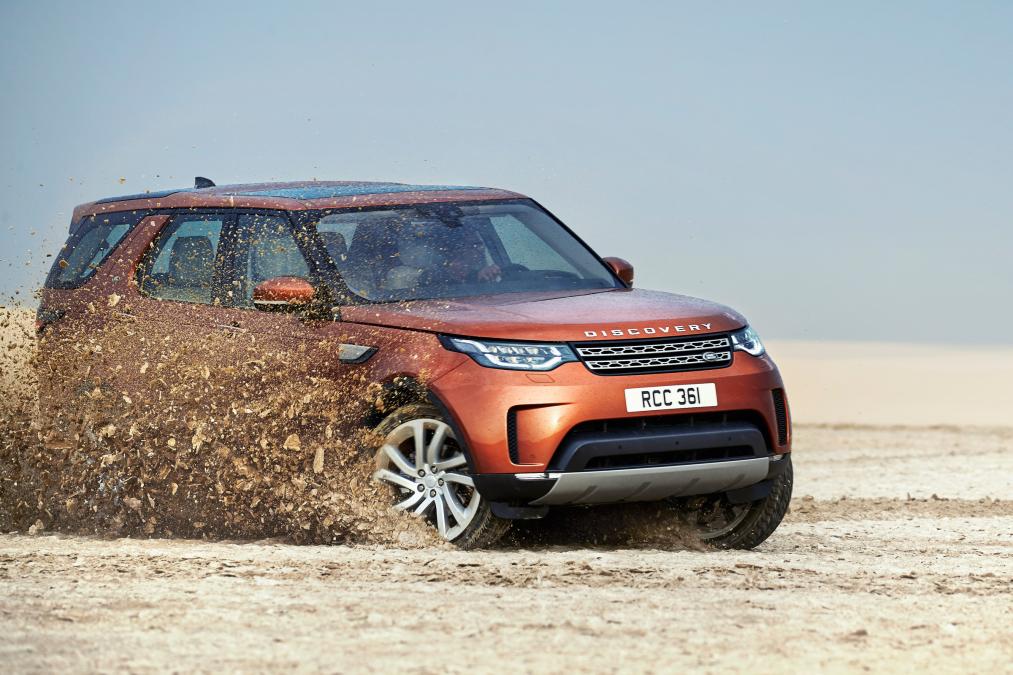
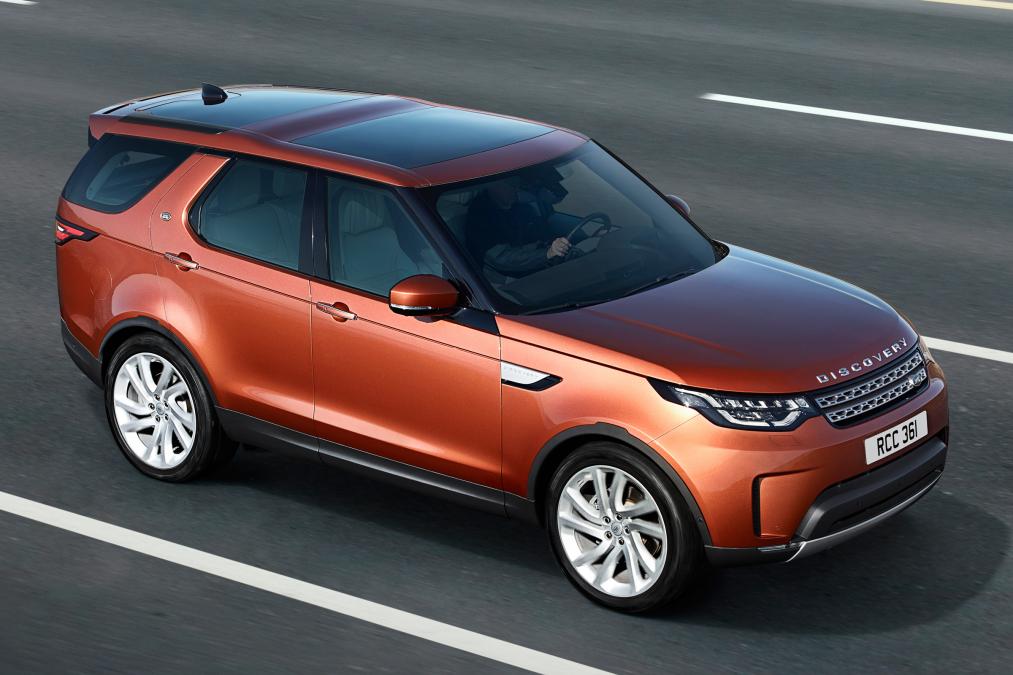
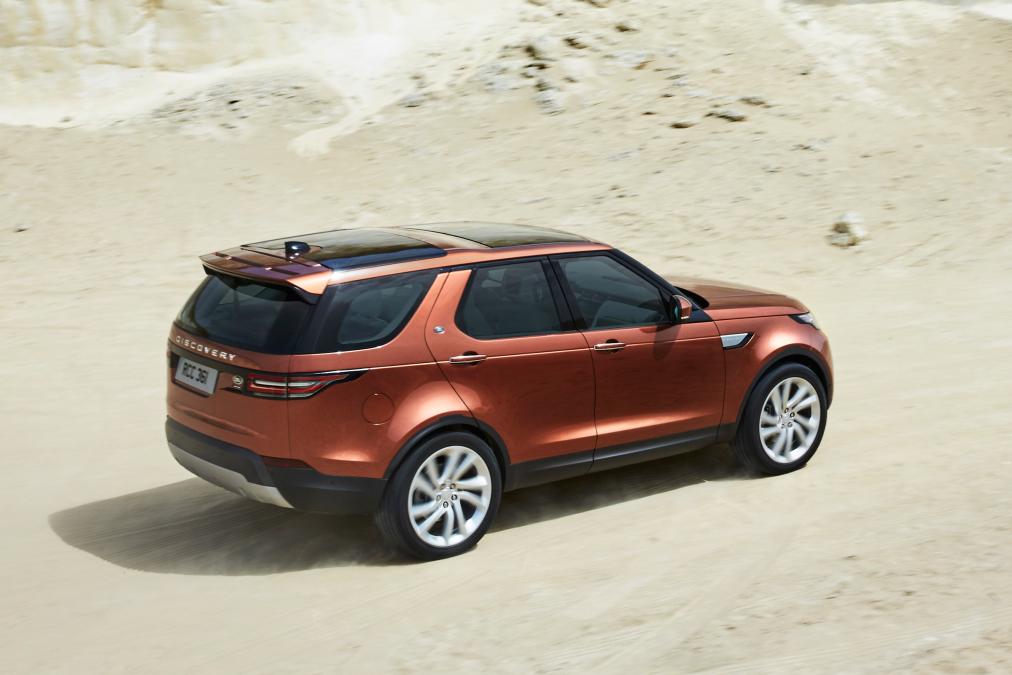
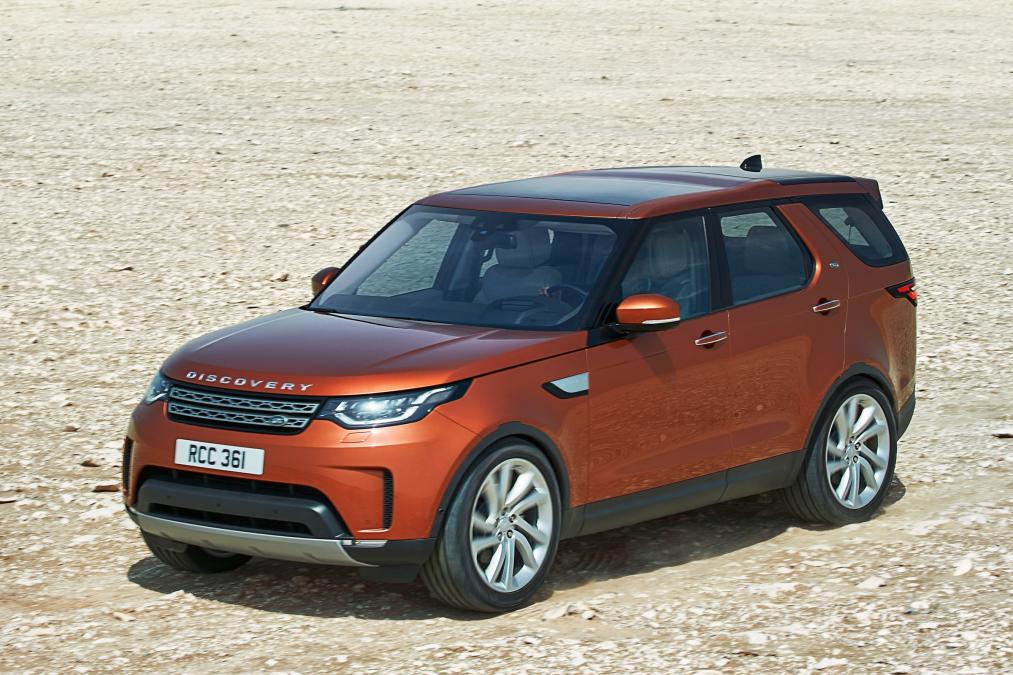
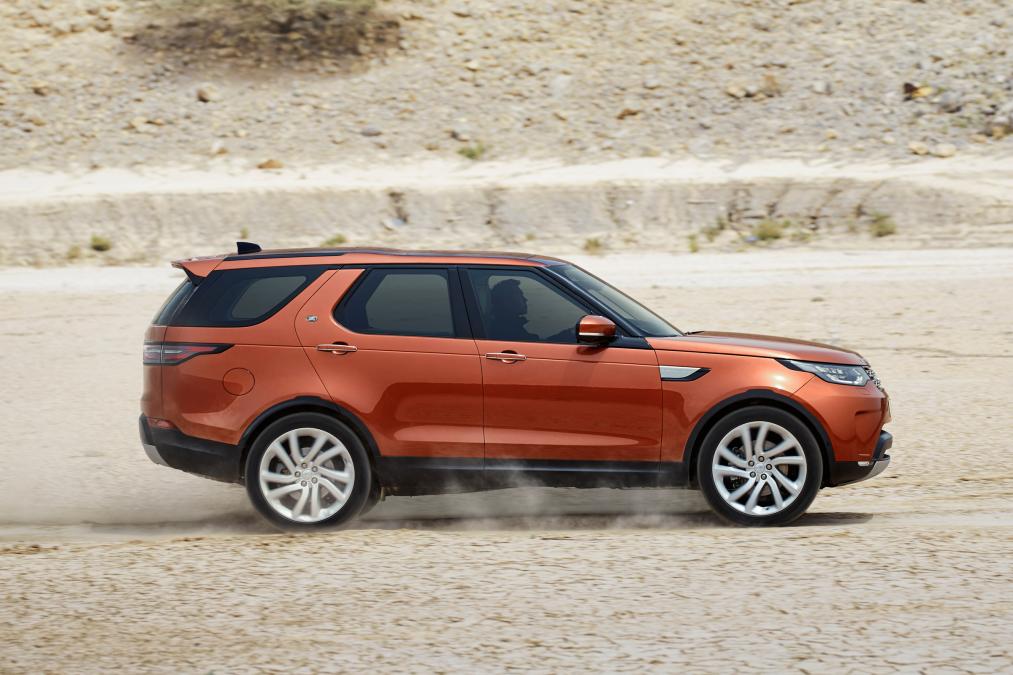
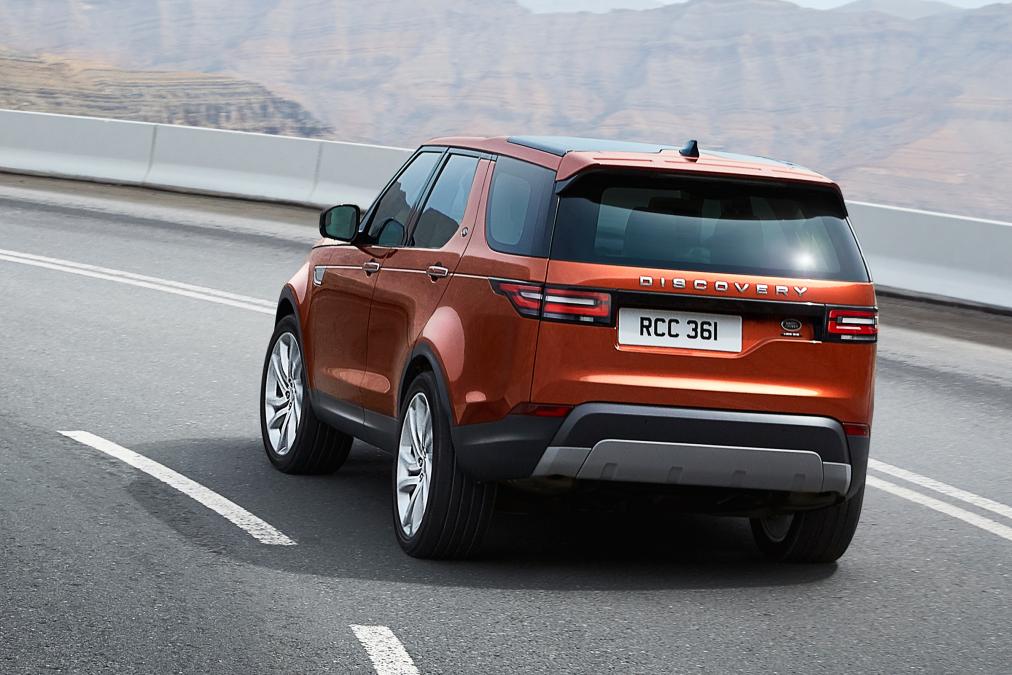
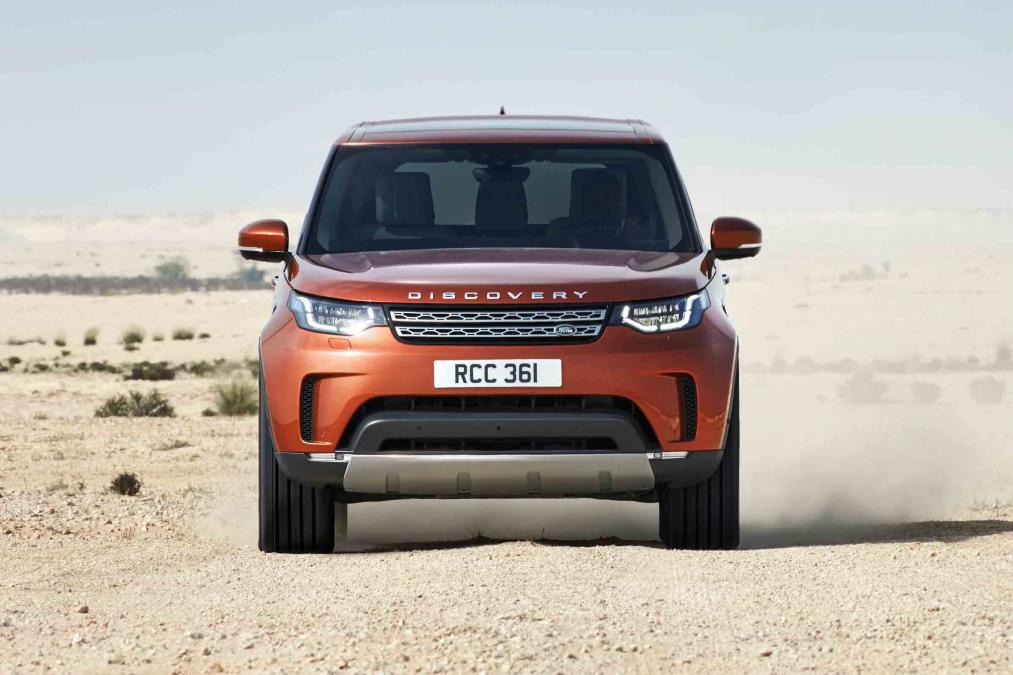
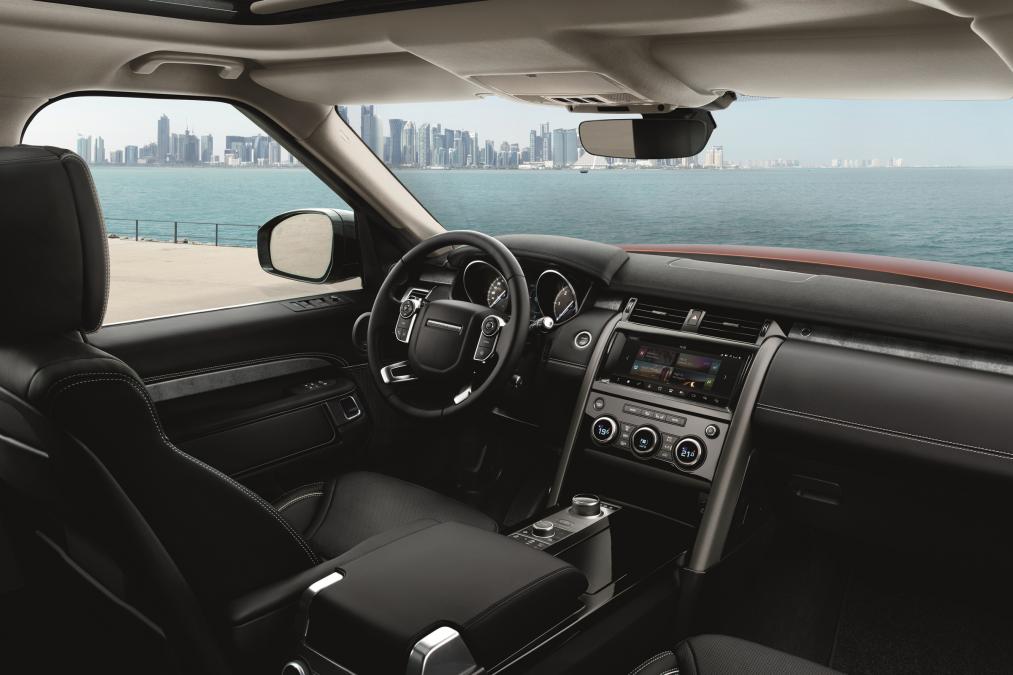

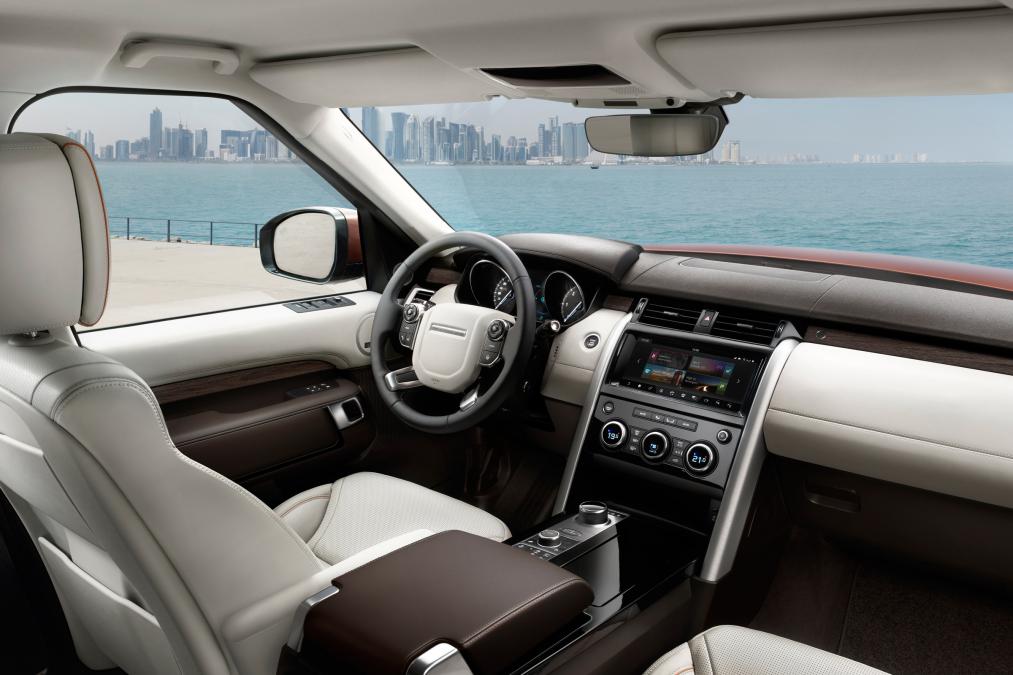
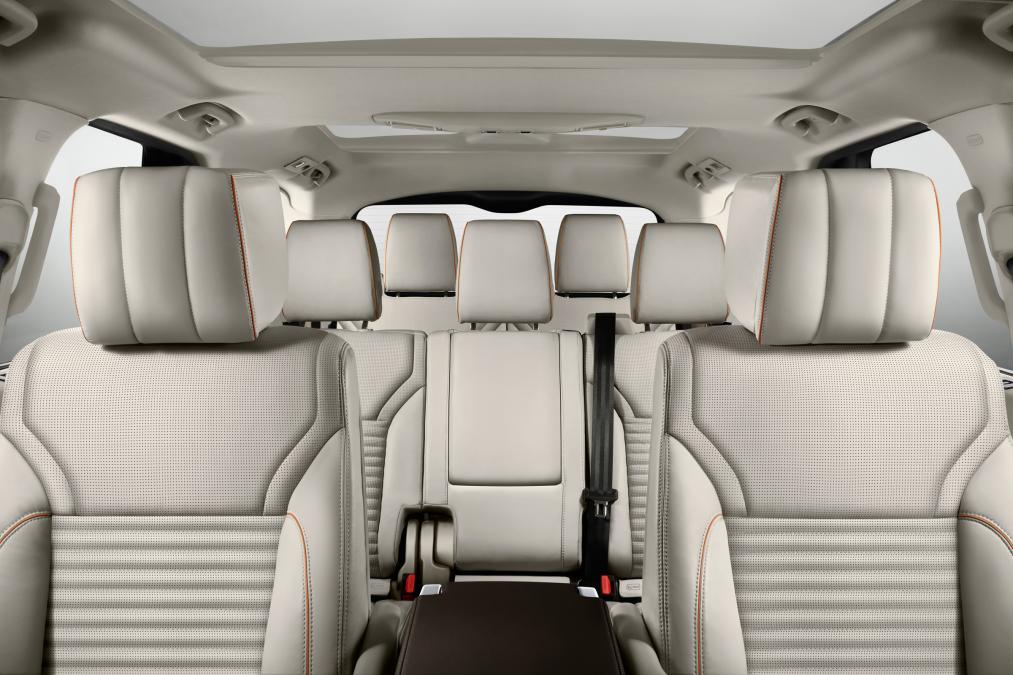
An all-new version of the Land Rover Discovery hit the showrooms this year. Revealed at the 2016 Paris Motor Show, the 2017 model is one of the toughest off-roaders on the market, rivalling the likes of the Porsche Cayenne and Volvo XC90.
On the surface, the next Discovery is a more upmarket and appealing package than its predecessor, boasting a svelte, fluid, more Range Rover-inspired look as well as a posher interior. It has a sophisticated look in contrast with its boxy forefathers and should be a worthy rival for design-led premium SUVs such as the Volvo XC90 and the Audi Q7.
The new Discovery is also lighter car than the outgoing model, thanks to downsized engine choices and the extensive use of aluminium in its construction, and it should be more economical to run, especially with Jaguar Land Rover's new Ingenium diesel engine as an option.
The Week
Escape your echo chamber. Get the facts behind the news, plus analysis from multiple perspectives.

Sign up for The Week's Free Newsletters
From our morning news briefing to a weekly Good News Newsletter, get the best of The Week delivered directly to your inbox.
From our morning news briefing to a weekly Good News Newsletter, get the best of The Week delivered directly to your inbox.
The new Land Rover slots into the range right above the Discovery Sport, its smaller and very similar-looking sibling.
Orders are now open, with entry-level models starting at around £45,000.
Here are all the details of the off-roader, plus what the critics had to say.
Design
A free daily email with the biggest news stories of the day – and the best features from TheWeek.com
After the utilitarian form of its predecessors, the new Discovery has a curvier shape heavily influenced by its Range Rover stablemates, as well as the smaller Discovery Sport.
The design stays true to the principles outlined in the Discovery Vision Concept unveiled at the 2014 New York Auto Show, with a softer, more sophisticated looking car than the fourth generation.
The front features a more slender-looking light and grille arrangement, with a rounded nose and bumper, while blacked-out window surrounds create the "floating roof" effect seen on some of Land Rover's other new additions.
The roof itself appears to slope backwards, making the car look sportier, and above the boot sits a new spoiler, while a slight hump above the rear doors creates a stepped roof as on some older models.
Black plastic-cladding runs around the bottom sides and wheel arches and there's an eye-catching line cutting upwards from the air vent on the front wings, going through the door-handles and feeding on to the back of the car.
Go around the back and you'll find a silver skid plate attached underneath the bumper. There's also a subtle nod to previous models – the number plate is mounted off-centre.
It's a significantly more aerodynamic design, but more impressive are the weight savings Land Rover has managed. The car now uses aluminium in its construction and is a massive 1058lbs (480kg) lighter. In terms of size, it's a little longer than the outgoing car and sits slightly lower.
Interior
Higher quality materials, more technology and a less-cluttered cabin and dashboard point towards this being the most luxurious Discovery yet, CarBuyer says.
The fascia is dominated by a large infotainment screen dominates the fascia, Auto Express says. Spec the InControl Touch Pro system and you get a ten-inch display laid into the wide centre console. Most of the car's settings are controlled by the display and its surround buttons, with just a small line of chunky switchgear underneath it for the climate control.
Smartphone apps can be synced to be used through this main touchscreen display while a 4G wi-fi hotspot can connect to up to eight devices.
The Discovery has enough space to carry seven adults, with the rear rows sat a little lower in order to boost headroom. With all the seats in place, boot space comes in at 258 litres. Dropping the rear two and using the Disco as a five-seater opens up a cavernous 1,137 litres, but with all the passenger seats down, there's a huge 2,406-litre cargo area. Each passenger seat can fold independently too, so there's a great amount of flexibility.
Storage cubbies are dotted around the cabin too, for an extra 44-litres of space.
Engines
There are a choice of three engines at launch, two diesel and one petrol.
Kicking things off, the smallest diesel is a 2.0-litre Ingenium unit with 237bhp and 369lb-ft of torque. Badged as an SD4, Land Rover claims it'll be able to propel the lighter and more aerodynamic Discovery from 0-62mph in 8secs. It's the cleanest and cheapest to run in the range, with a claimed 43.5mpg and CO2 emissions of 171g/km.
The second diesel is a slightly more powerful option, but you'll trade off a little efficiency. The TD6 is a V6 diesel engine with 255bhp and 443lb-ft torque. The 7.7sec 0-62mph dash makes it a little sprightlier and it has efficiency figures of 39.2mpg and 189g/km CO2.
The petrol option won't be popular with many, but it's the quickest of the bunch. The Discovery Si6 gets a supercharged V6 petrol with 355bhp, making it capable of 0-62mph in just 6.9secs, but with much larger running costs – fuel economy is quoted at 26mpg and the CO2 figure of 256g/km means a high tax bill.
All models come with an eight-speed automatic gearbox, powering all four wheels.
Off-road and assistance tech
As ever, the Discovery should be a monstrously capable car off-road. Land Rover claims it will be even better in poor conditions thanks to the extensive redesign and some new tech.
The 2017 model comes with improved approach and departure angles, so it can tackle even steeper hills. There's also a new air suspension system to improve ground clearance and you can extend the ride height by 11ins if necessary. It'll also be able to wade in water up to 35ins.
All cars get a two-speed transfer box with low-range gears as standard plus Land Rover's All Terrain Progress Control system – a cruise-control setting that can push the car along at up to 19mph on tricky surfaces, letting drivers focus on the steering wheel. An automatic terrain response system also features, alongside an advanced tow assist feature.
Prices and release
The Discovery is available to order now, with prices kicking-off at £45,895 for the entry-level SD4-engine model in the basic S trim. You’ll get air suspension and a power-assisted tailgate as standard in this model, as well as a heated windscreen and cruise control.
Next up sits the SE trim level at £52,295, which adds satnav, front and rear parking sensors, leather upholstery with heated front seats, automatic LED headlights and interior mood lighting.
The two high-end trims kick off with HSE, which costs £59,595 and introduces the InControl Touch Pro infotainment system, as well as 20in alloy wheels, higher-grade leather, a panoramic roof, and heated rear seats, plus a gesture-controlled tailgate.
Alternatively, the HSE Luxury nets you 21in alloys, an electric sunroof and rear panoramic roof, plus rear-seat infotainment screens. Prices start from £65,295.
SE, HSE and HSE Luxury cars can be specced with any engine, while entry-level S versions get the SD4 power unit.
Reviews
Land Rover owners have come to expect a degree of "premium and unbeatable off-road" capability - and the Discovery "ticks all of those boxes", says Autocar. It's similar in build to the Range Rover and "as practical and versatile as cars come".
The car goes about "conquering" terrain without drama thanks to the company throwing in "a kitchen sink's worth" of its technology, including height-adjustable air suspension and all-weather tyres, adds the mag.
Inside, says Auto Express, the sheer amount of space for occupants is immediately noticeable thanks to the car's longer underpinnings, It's particularly spacious in the third row and can comfortably accommodate people "over six feet tall".
Car says the Discovery is "more than just a radical new look", calling it an "unstoppable car" when faced with challenging terrains and rocky surfaces. However, it's unlike many will test the off-road capabilities as the majority of drivers will "spend 99% of their time on tarmac".
The lighter aluminium architecture can be felt through the steering wheel, which makes the Discovery feel "more controlled than every before" and easy to direct down narrow country lanes, the mag concludes.
"There's probably no better place to cover miles" than behind the wheel of the latest Discovery, says Top Gear. It feels "rock-solid stable" at motorway speeds with only the "comforting grumble" of its diesel engine filtering into the cabin.
The reduction in weight is also noticeable and it feels much keener turning into a corner.
There's easily enough room to hold seven people and both rows of the rear seats can fold completely flat to open up a cavernous boot space, adds the site.
CarBuyer says drivers will feel as if they are in charge of a premium product thanks to the abundance of wood and leather. The rotational dials on the dashboard are "inherently practical" and simple to use.
Buyers will be treated to a "fair amount of kit" on all models, but many will want to upgrade to the £6,000 SE trim for the leather seats, it adds.
Most of the optional extras are "bundled into packs", but most of the additions included in the £900 technology pack "are standard with the SE model".
Discovery SD4 HSE reviews
The SD4 HSE introduces the first four-cylinder engine in the Discovery range "for decades", says AutoExpress, although the 2.0-litre diesel Ingenium motor has appeared in several cars in the Jaguar Land Rover fleet.
However, the engine is "much quieter" than "lesser" Land Rovers, with a small background "hum" that only becomes "raucous" when the unit is revved out, says the magazine.
It adds that the performance is "decent" and maintains an "effortless feel" usually reserved for six-cylinder models.
Despite being the smallest motor in the range, Autocar says the 2.0-litre Ingenium engine is as capable in muddy conditions as V6 models. It includes a low-range transmission mode and air suspension, with a £1,100 "Capability Plus Pack" available for the most challenging terrain types.
Opting for the 2.0-litre diesel motor over the 3.0-litre V6 is smart choice, advises the magazine, as the smaller engine "does practically everything" its more expensive sibling does and will be cheaper to run.
Discovery TD6 HSE Reviews
The TD6 model "is a class act" on the road by "soaking up surfaces gently" and feeling like it "has plenty in reserve", says the London Evening Standard. While it "still rolls around corners", adds the paper, it's significantly less than the old car and is "surprisingly controlled" for a large SUV.
The V6 turbo engine may be "slightly more vocal than rivals", but it does have a lot of "flexibility and a strong response at low revs". Off the line, the TD6 is faster than the entry-level HD4, although "not by much".
"The price is the biggest stumbling block", adds the paper, as it costs around £8,000 more than its rival - the Audi Q7.
Up front, the driver and passenger seats are "broadly comfortable, if a little bit short in the cushion", says Autocar, and tall occupants may find there is "a very slight shortage of legroom up front".
However, passenger room is "very good" in the second and third rows, adds the magazine, while "the rearmost row is particularly spacious" and can comfortably fit full-sized adults.
-
 Trump vs. states: Who gets to regulate AI?
Trump vs. states: Who gets to regulate AI?Feature Trump launched a task force to challenge state laws on artificial intelligence, but regulation of the technology is under unclear jurisdiction
-
 Decking the halls
Decking the hallsFeature Americans’ love of holiday decorations has turned Christmas from a humble affair to a sparkly spectacle.
-
 Whiskey tariffs cause major problems for American distillers
Whiskey tariffs cause major problems for American distillersIn the Spotlight Jim Beam is the latest brand to feel the pain
-
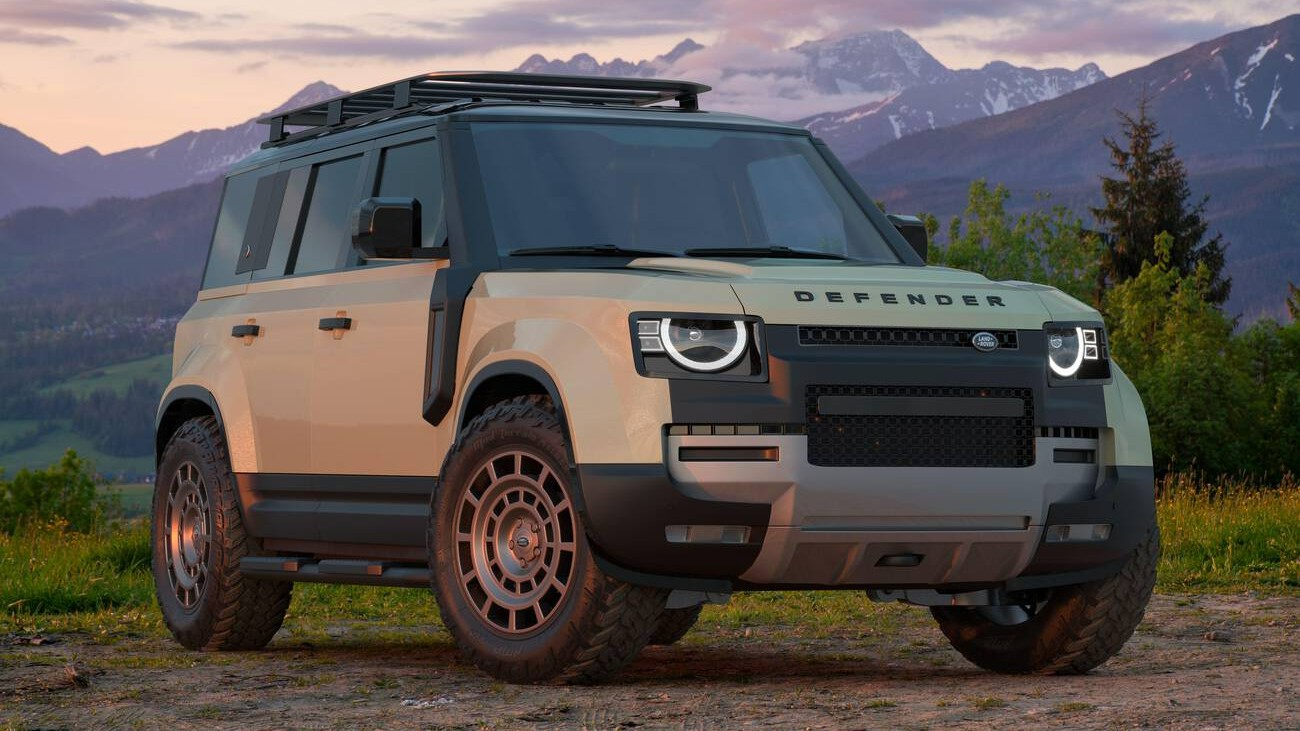 Land Rover's Defender Octa: 'an unexpected thrill to drive'
Land Rover's Defender Octa: 'an unexpected thrill to drive'The Week Recommends The Octa makes the regular Defender look 'a touch meek'
-
 Land Rover Discovery Sport: much-loved off-roader goes green
Land Rover Discovery Sport: much-loved off-roader goes greenSpeed Read This new hybrid version is highly energy-efficient while remaining a joy to drive
-
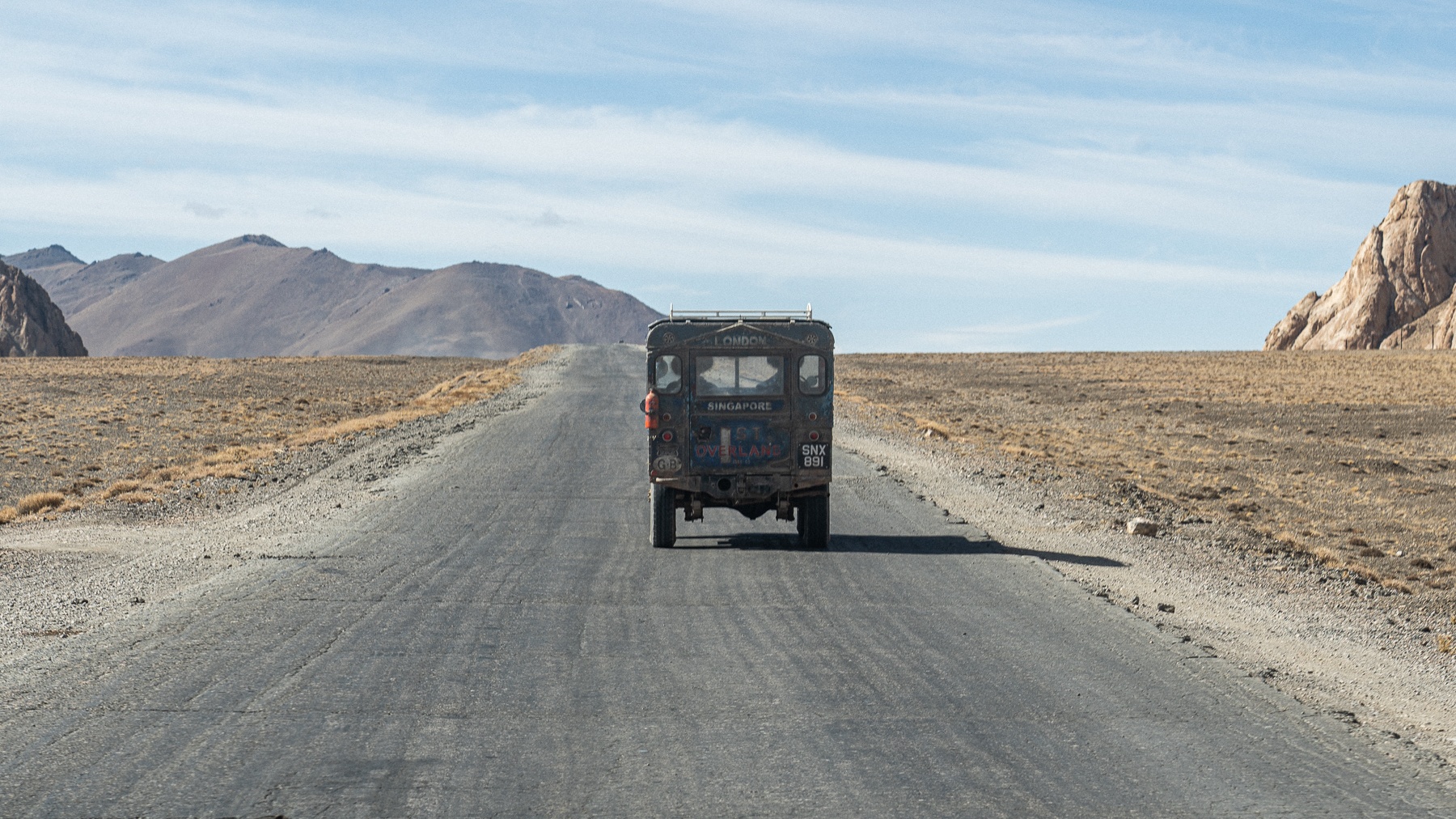 The Last Overland: the mother of all road trips
The Last Overland: the mother of all road tripsThe Week Recommends Overland from Singapore to London, in a 1950s motoring icon
-
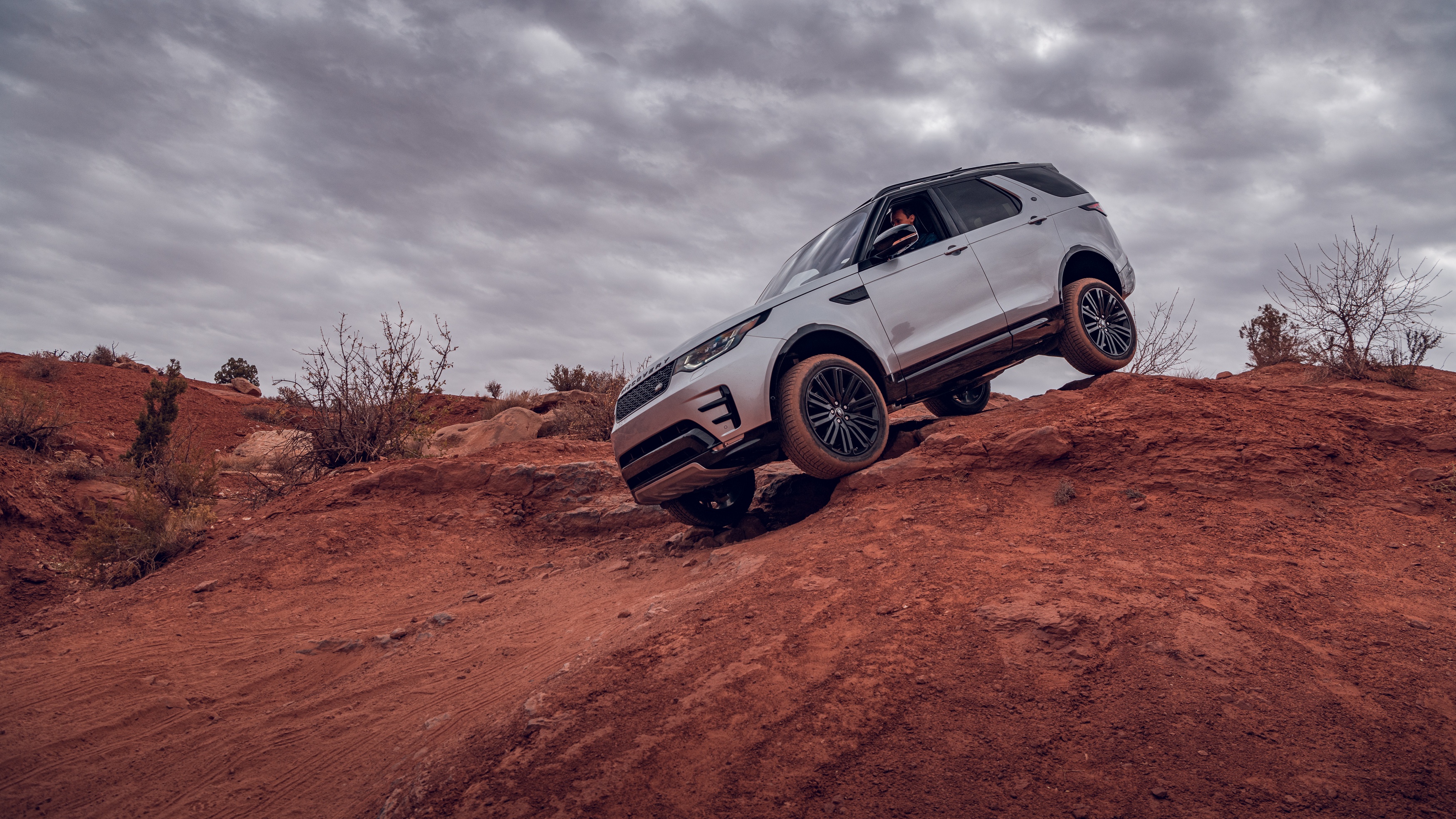 Land Rover Adventure Moab: navigating Hell’s Revenge
Land Rover Adventure Moab: navigating Hell’s RevengeThe Week Recommends Fergus Scholes gets behind the wheel on Land Rover’s Adventure Travel Moab experience for an exhilarating off-road driving holiday
-
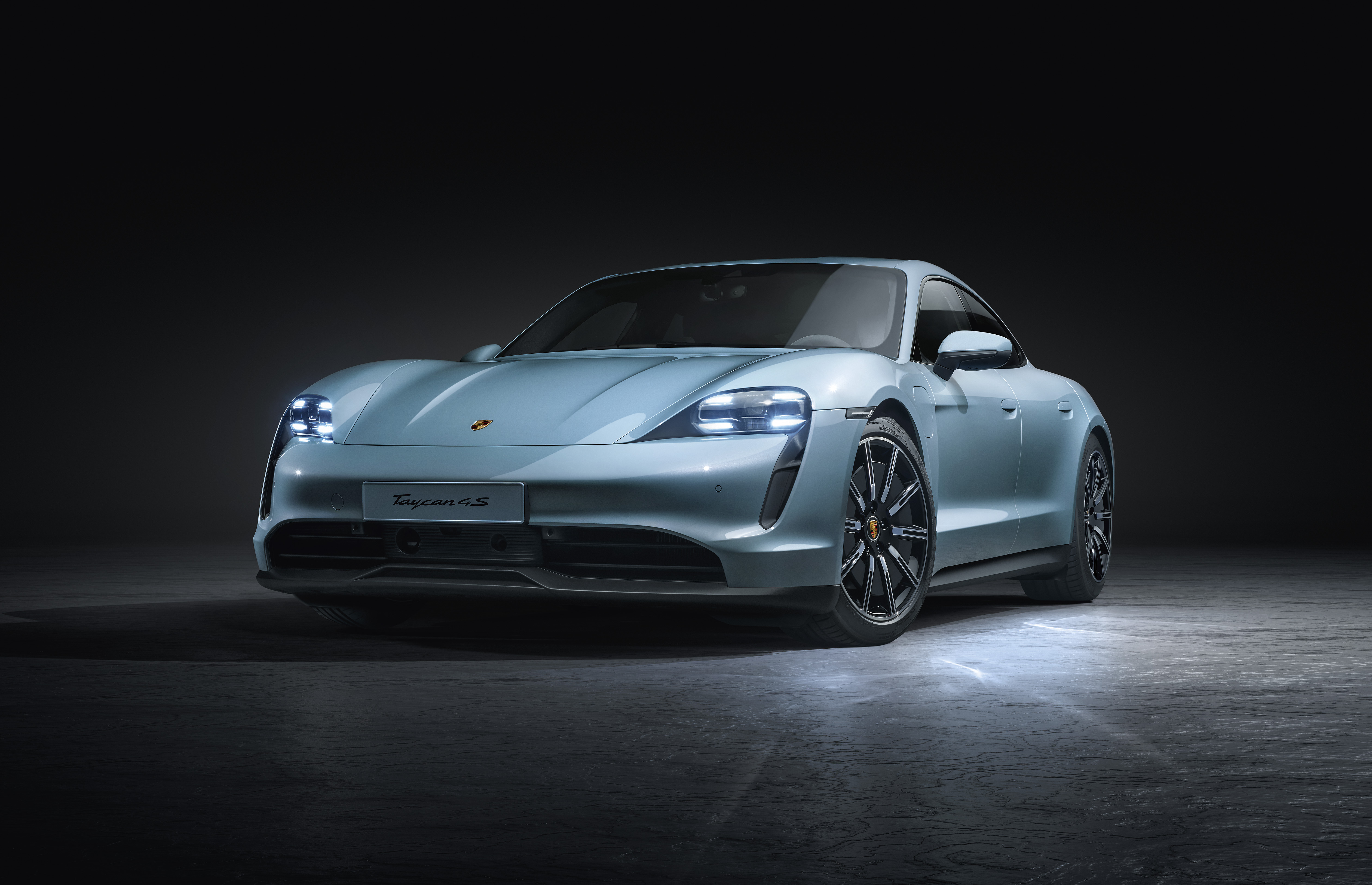 The ten best new cars of 2019: Honda e, Porsche Taycan and more
The ten best new cars of 2019: Honda e, Porsche Taycan and moreThe Week Recommends Carmakers launch spate of electric cars and SUVs, while a Japanese icon is back
-
 Volkswagen ID.4 2021: first image, plus battery range, release and price
Volkswagen ID.4 2021: first image, plus battery range, release and priceThe Week Recommends German car giant’s second mass-production EV set to take on Tesla Model Y
-
 LA Auto Show 2019 review: VW ID Space Vizzion, Ford Mustang Mach-E and more
LA Auto Show 2019 review: VW ID Space Vizzion, Ford Mustang Mach-E and moreThe Week Recommends Carmakers have started unveiling their latest offerings. Here are all the big announcements so far
-
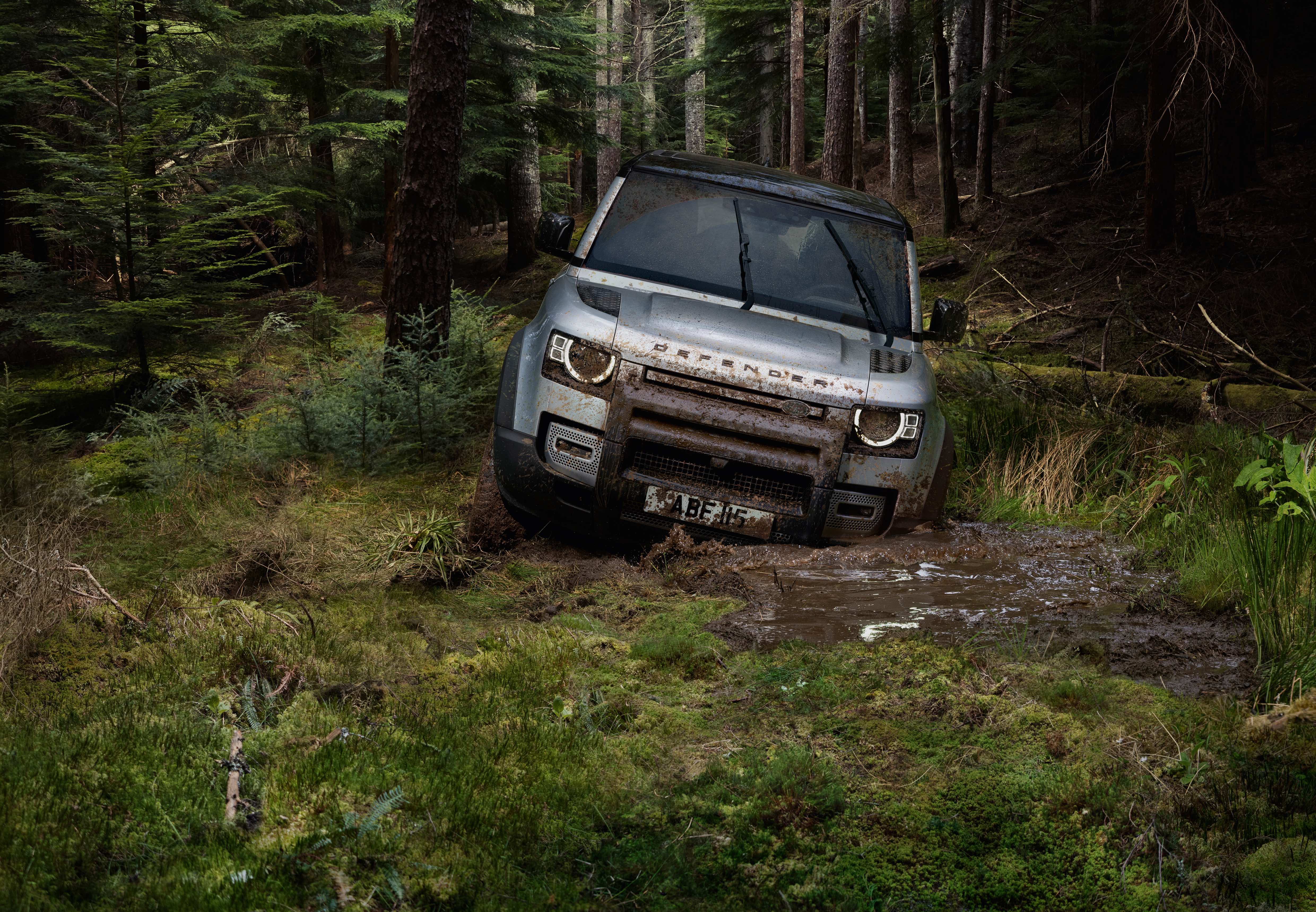 Land Rover Defender SVR 2021: design rumours, plus engine specs and release
Land Rover Defender SVR 2021: design rumours, plus engine specs and releaseIn Depth British marque is already working on a hot version of its reborn off-roader